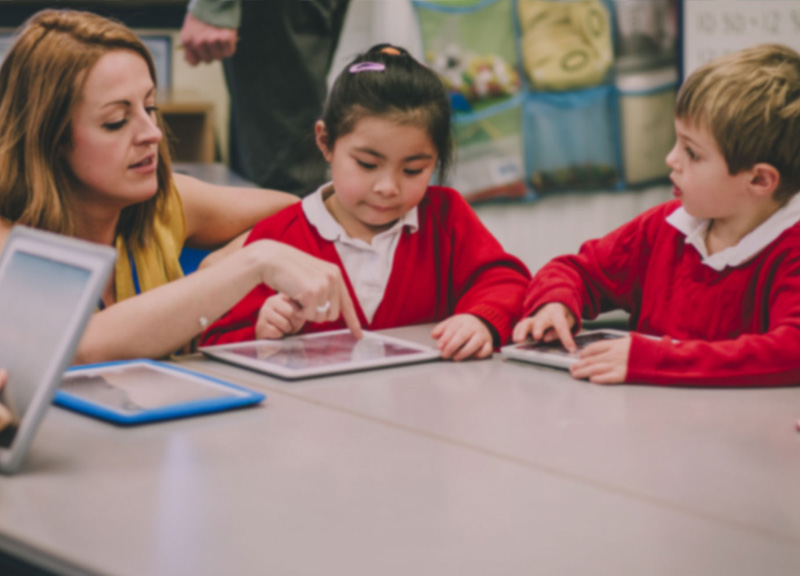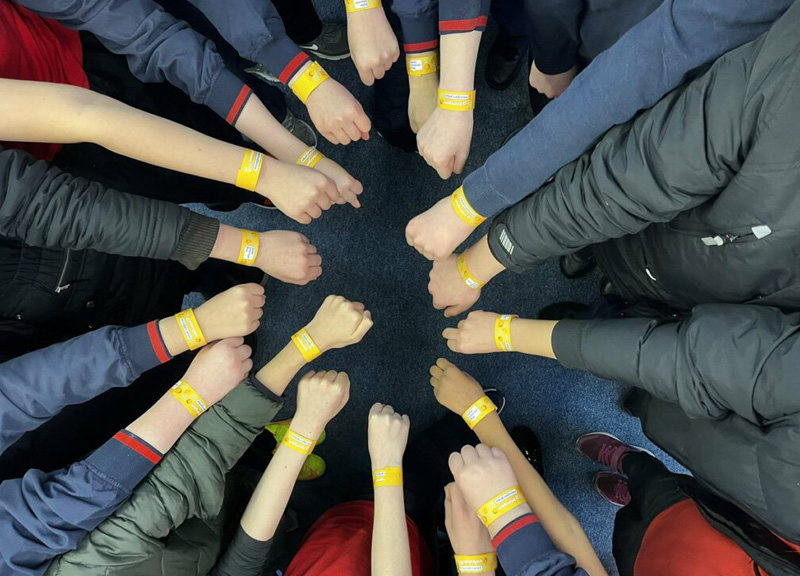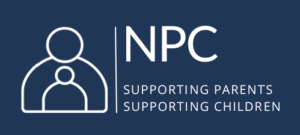Walking Debate

Debates are a great way for young people to see both sides of an argument and develop communication skills. They are also easy to set up in class and themes that come up can be explored in more detail in later classes. There are different ways to set up a debate in the classroom so feel free to use whichever format works for you. Lead a class walking debate in your classroom today!
Time: one hour class.
Supplies needed: two sheets of blank paper/ posters with Agree/Disagree on them
Instructions:
Place an ‘agree’ sign at one end of the room, a ‘disagree’ sign at the opposite end and allow space for middle ground. Ask students to volunteer to explain why they have stood in a certain position.
Hold a walking debate around issues relating to internet safety and photo sharing. Read out motions and have students show whether they agree or disagree with the statement by standing under the appropriate signs.
Ask some people to explain why they chose a particular side and give people the freedom to change sides if they are convinced by other people’s arguments.
Extension Activity: Get students to identify issues online and debate them (digital age of consent, relationships online, catfishing etc.).
Here are some suggested motions you can use with your class:
- Young people are aware of how to manage and protect their social media profiles (profile photo, sharing location/school, sharing phone number, private profile settings)
- Young people do not know how to communicate safely online (accepting unknown friend request, moving to private chat, sending explicit photos/sexualised conversations)
- Restricting access to the internet is the best way to keep young people safe (prompts – talking to parents about online activity, awareness campaigns, following advice/guidelines, accessing help/support)
The final statement is not intended to support the idea that young people can only be safe by restricting access to the internet, but to encourage students to discuss how the best way young people can stay safe/protect themselves online is by talking to their parents, sharing their online lives with their parents, promoting and engaging in internet awareness campaigns in their community and school, following best-practice guidelines given to them by ISPs, social networks, teachers, Gardai etc. and knowing where to access help and support if they experience difficulties.
Download Agree/Disagree Signs here.
Download this page here.





